More than a decade ago, when the concept of “green industrial park” was still quite unfamiliar in Vietnam, Phu My 3 Specialized Industrial Park (formerly Ba Ria - Vung Tau province) was born, demonstrating the long-term vision and aspiration to innovate the industrial development model towards sustainability. This project opened a new direction for Vietnam in building modern, environmentally friendly industrial parks.
On an area of over 1,046 hectares, a modern, synchronous industrial park according to international standards has gradually taken shape, carrying the expectation of becoming an attractive destination for domestic and foreign investors. Few people know that Phu My 3 is not only planned as a specialized industrial park, but from the beginning has been oriented to become the first model ecological industrial park in Vietnam.
Mr. Kazama Toshio, Deputy General Director of Thanh Binh Phu My Company, shared that the core value of the enterprise is to create sustainable development with a focus on environmental protection, bringing added value to customers and partners and contributing to local socio -economic growth. “Phu My 3 creates a competitive advantage thanks to synchronous infrastructure, modern management technology and strategic location. Thanks to that, enterprises in the area can optimize production costs, improve supply chain efficiency, and minimize environmental impact,” said Mr. Kazama Toshio.
After only a decade, Phu My 3 has attracted 47 projects with a total investment capital of nearly 6 billion USD, of which the average investment rate is 9-10 million USD/ha. This success not only shows the attractiveness of the “green industrial park” model, but also affirms the capacity of domestic enterprises in leading the trend of sustainable development.
The spirit of green transformation has also spread strongly in many localities. In Hai Phong , Sao Do Group - the investor of Nam Dinh Vu Industrial Park, has deployed a series of clean production and energy solutions right from the planning stage. The zones are arranged in a closed supply chain, helping businesses in the zone take advantage of each other's output products, reduce production and transportation costs, and limit waste generation.
Similarly, at the DEEP C Industrial Park Complex, the sustainable development orientation is materialized through a series of renewable energy projects. In addition to solar power, DEEP C is researching the exploitation of wind energy, biomass, green hydrogen and converting waste into energy. The enterprise also supports customers in accessing LNG energy sources to reduce direct emissions in production.
It can be said that the emergence of pioneering industrial parks such as Phu My 3, Nam Dinh Vu or DEEP C shows that the green development trend in Vietnam is irreversible. However, to replicate the model and form a sustainable ecosystem, many "bottlenecks" in institutions, incentive mechanisms and energy infrastructure need to be resolved.
Mr. Koen Soenens, Sales and Marketing Director of DEEP C, said that the need to use clean energy is inevitable, but for renewable energy projects to be effective, a clear and unified legal framework from the central to local levels is needed - an important factor that helps businesses feel secure in long-term investment.
In fact, the process of converting from traditional industrial zones to eco-industrial zones is facing many difficulties. An industrial park director in Ho Chi Minh City shared that businesses are facing problems in waste treatment, environmental standards, tax policies and land use.
“The cost of building a green industrial park is usually about 30% higher than a traditional one, so green capital and preferential credit are needed to encourage investors to boldly implement it,” he said.
According to Mr. Pham Hong Diep, Chairman of the Board of Directors of Shinec Joint Stock Company, the investor of Nam Cau Kien Industrial Park, Resolution 57-NQ/TW of the Politburo has opened a new development chapter for Vietnam's industrial real estate. If in the past, industrial parks mainly leased traditional factories, now the orientation is to shift to digital technology industrial parks, innovation zones, and testing zones (sandboxes) - places where production, research, and creative services are both produced and provided.
Mr. Diep said that this is a strategic turning point, forcing investors to change their business model, from leasing premises to creating a valuable ecosystem combining digital infrastructure, smart logistics, R&D and green energy. To seize the opportunity, businesses need to clearly understand policies, flexibly apply the sandbox mechanism, proactively coordinate with localities and take advantage of capital sources to support innovation and green development funds.
Only by upgrading management, technology and human resources capacity can Vietnam's industrial parks truly transform themselves, from "processing factories" to green and creative industrial ecosystems.
Source: https://baodautu.vn/thach-thuc-khi-chuyen-doi-thanh-khu-cong-nghiep-xanh-d420748.html


![[Photo] Prime Minister Pham Minh Chinh attends the 5th National Press Awards Ceremony on preventing and combating corruption, waste and negativity](https://vphoto.vietnam.vn/thumb/1200x675/vietnam/resource/IMAGE/2025/10/31/1761881588160_dsc-8359-jpg.webp)


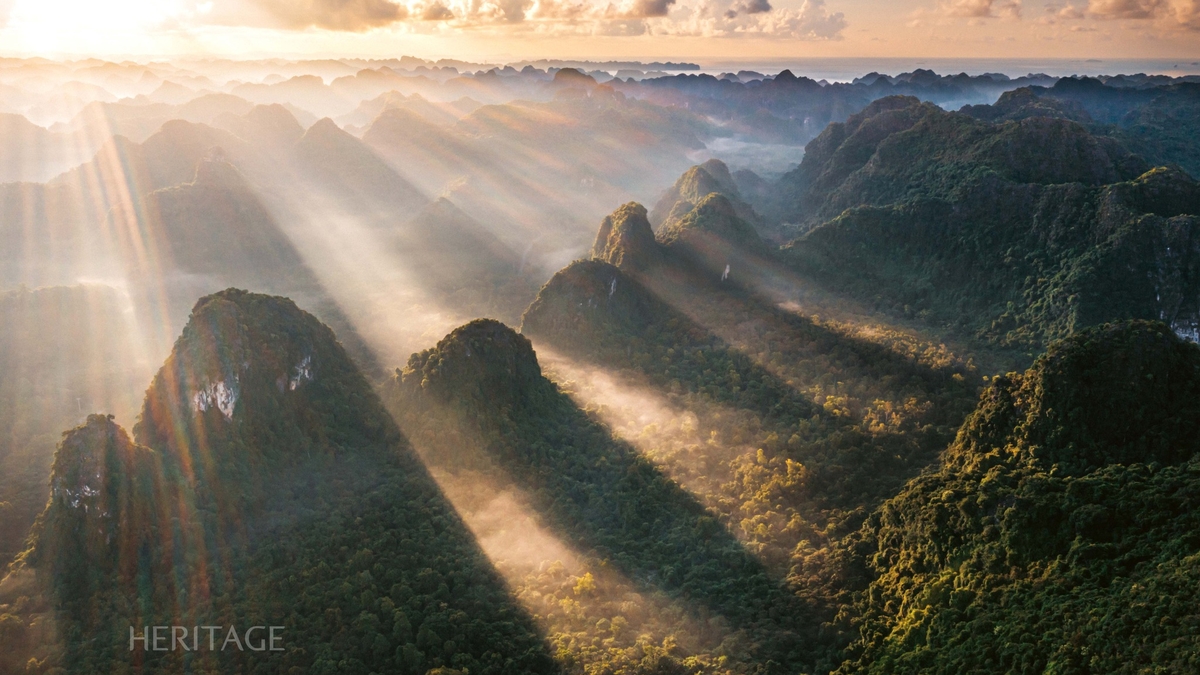
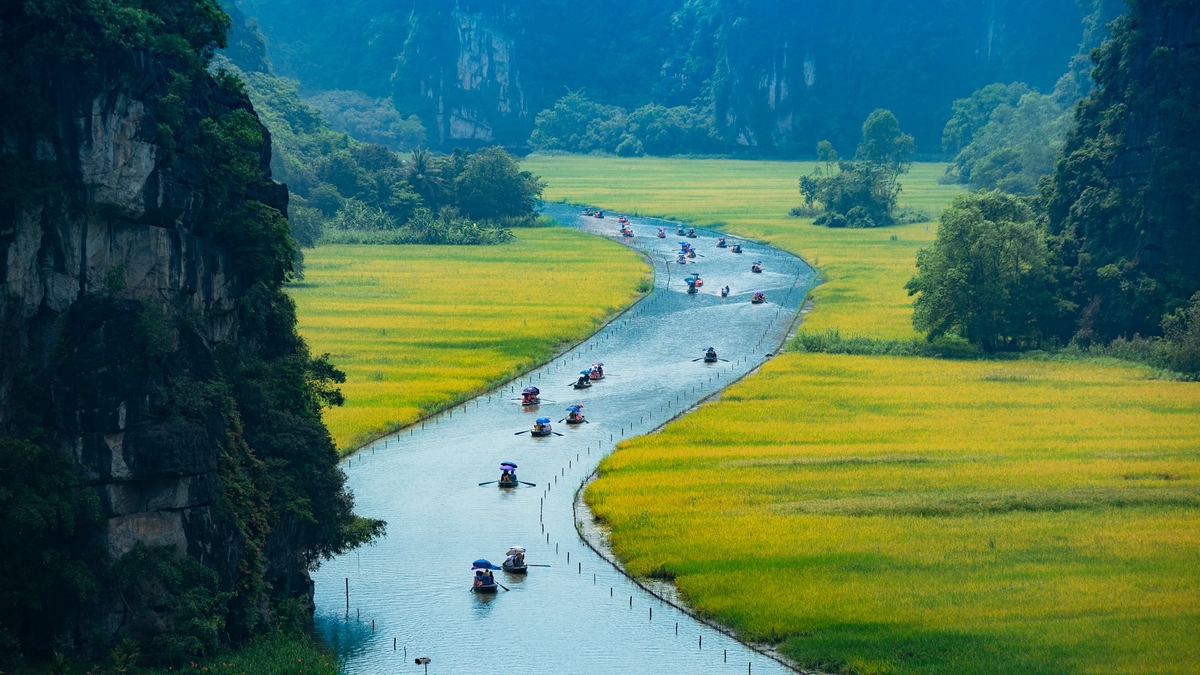
![[Photo] Da Nang: Water gradually recedes, local authorities take advantage of the cleanup](https://vphoto.vietnam.vn/thumb/1200x675/vietnam/resource/IMAGE/2025/10/31/1761897188943_ndo_tr_2-jpg.webp)
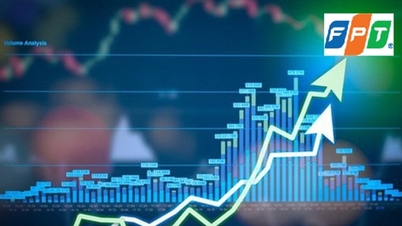

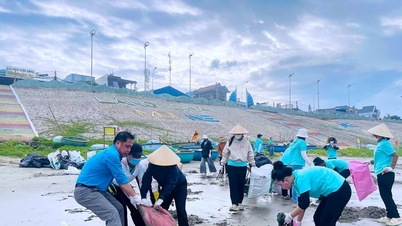

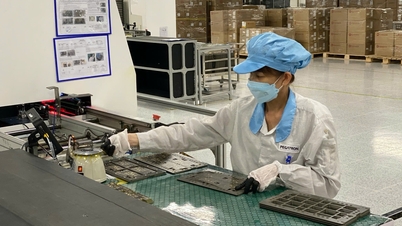


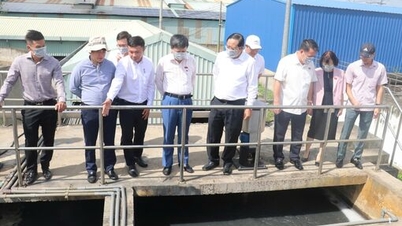



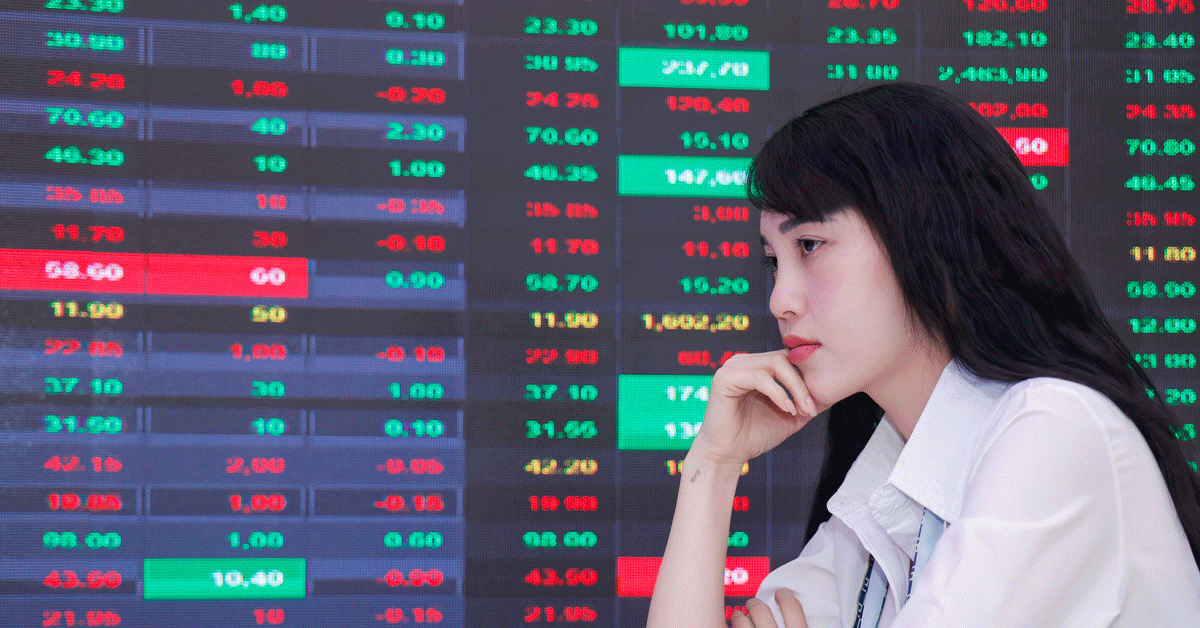

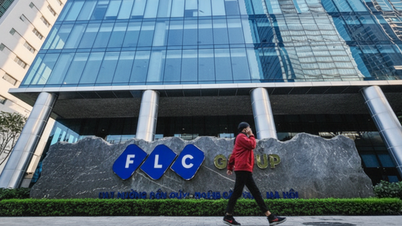

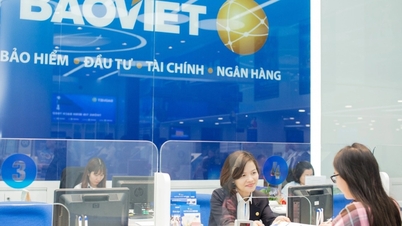


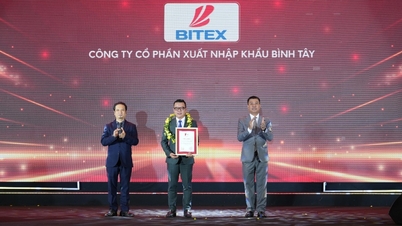







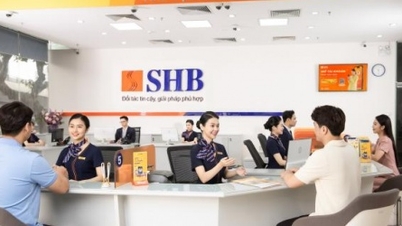
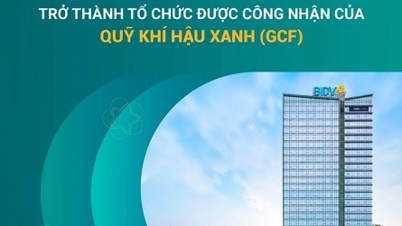
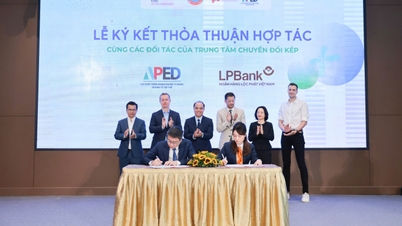
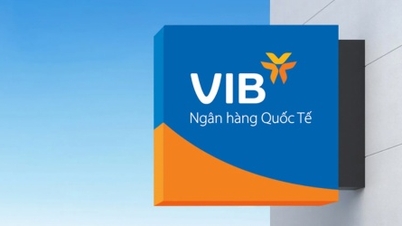
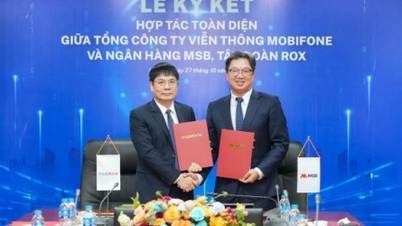
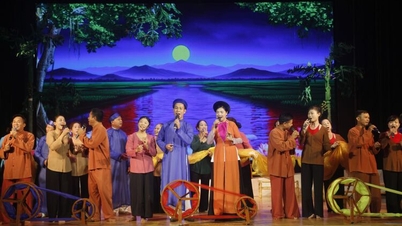

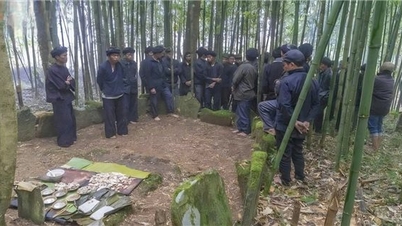

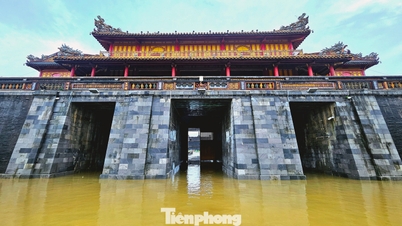

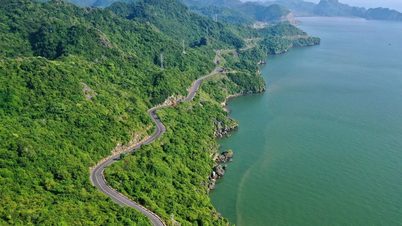
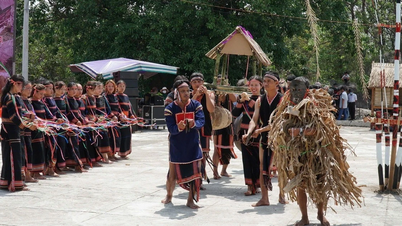



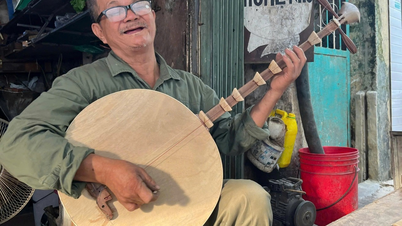


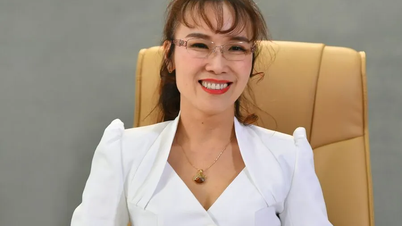

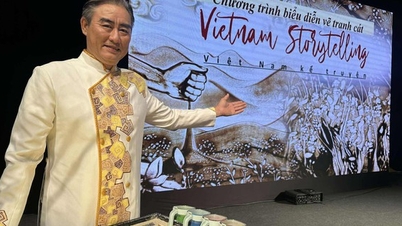


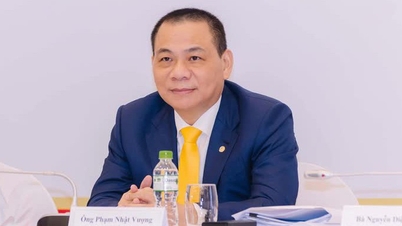
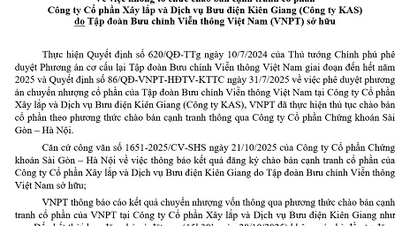


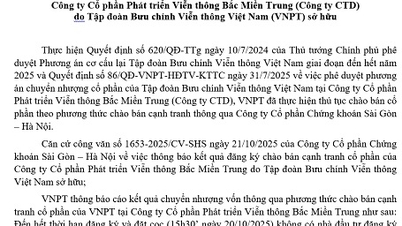
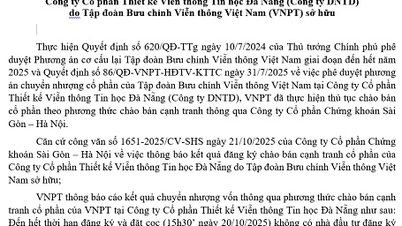






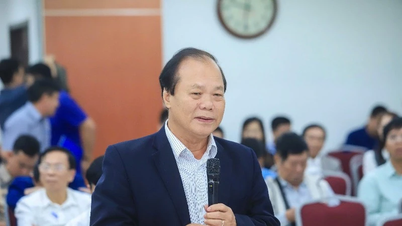

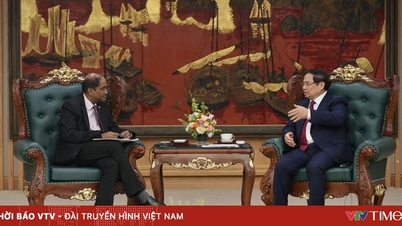

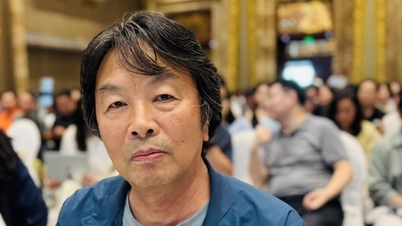

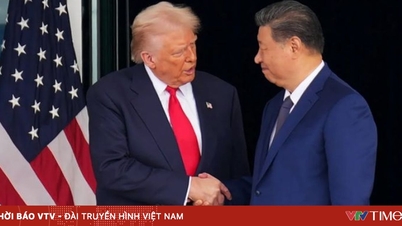
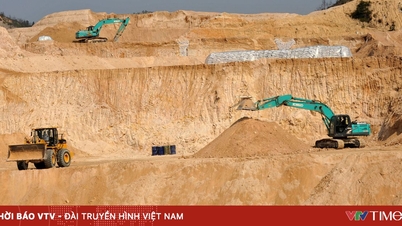
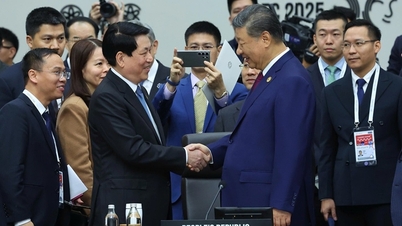



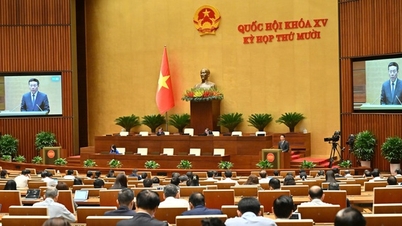

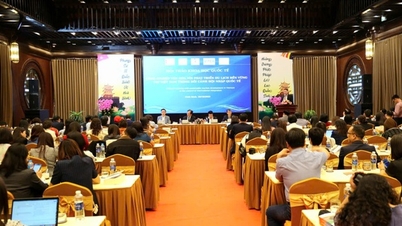
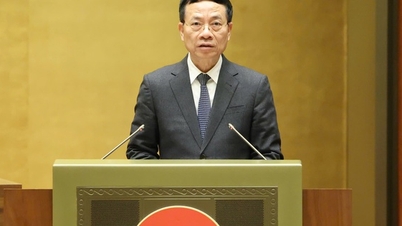
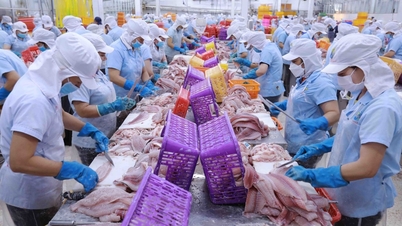
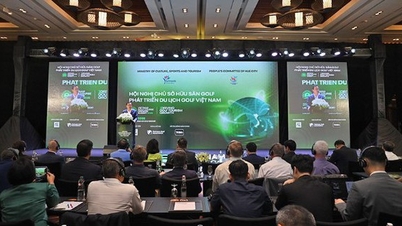
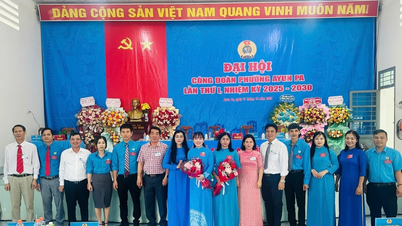

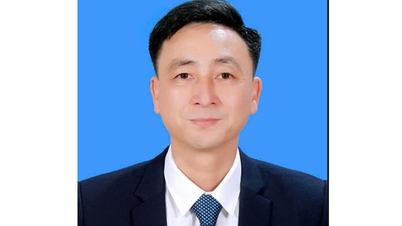





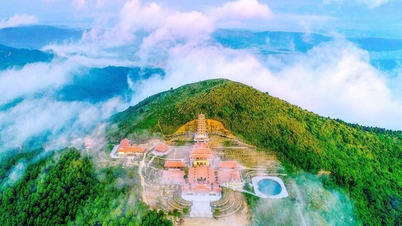
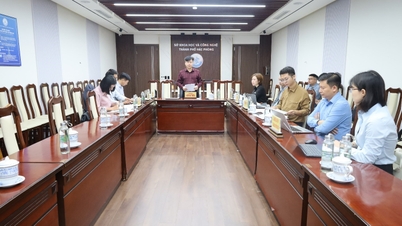













Comment (0)